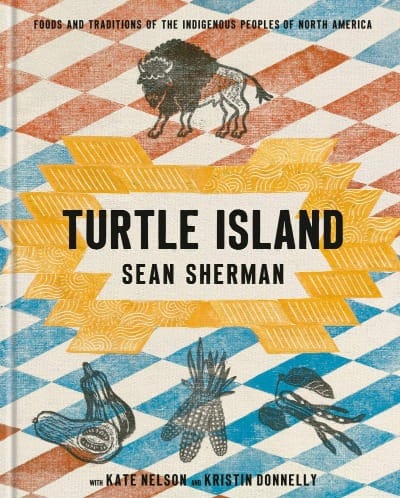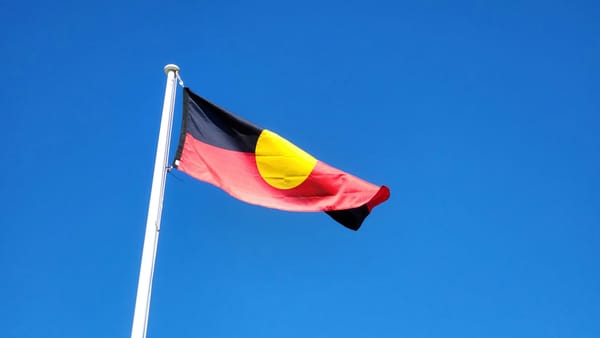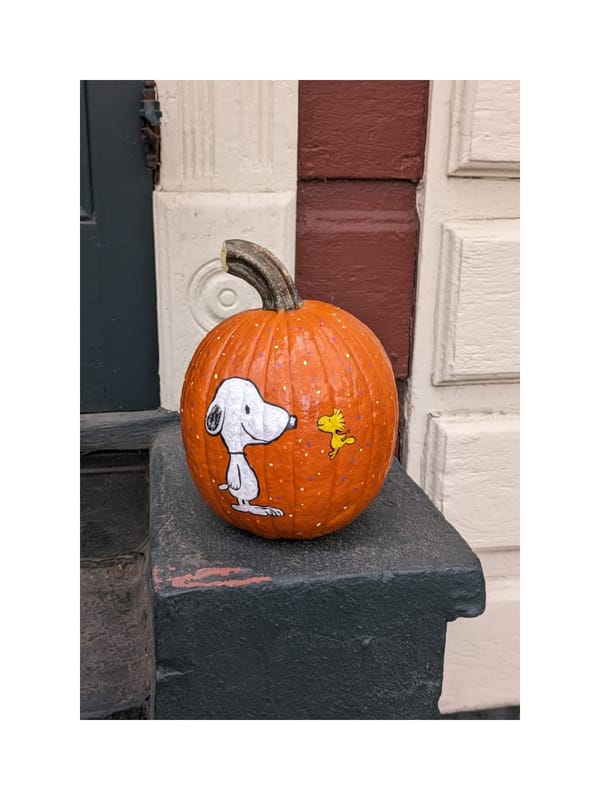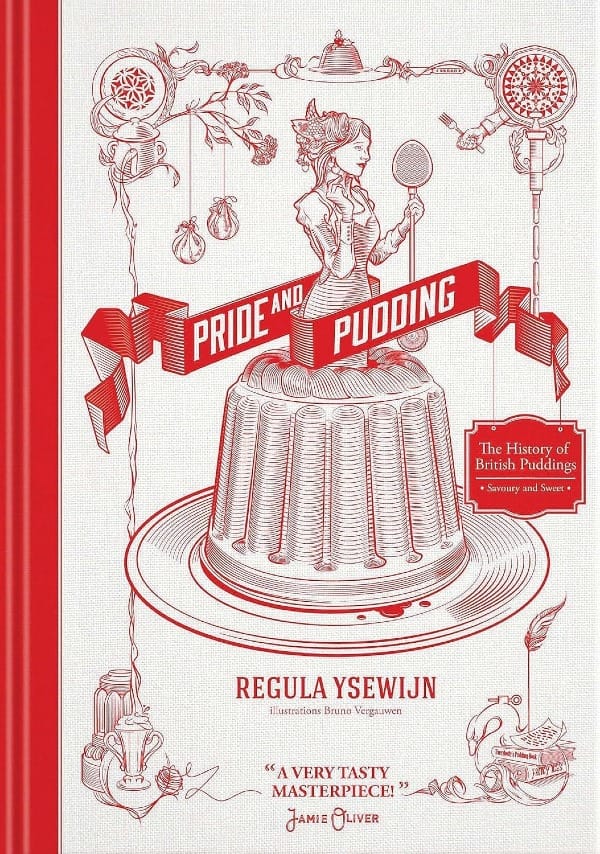What to read, watch and cook (September '25)
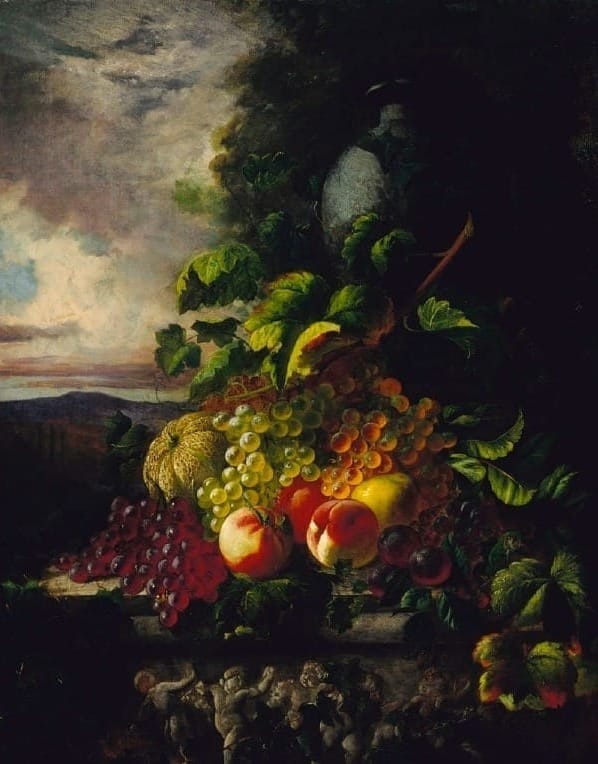
Here's a roundup of some of the things I've found interesting of late, including my pick of the autumn publishing list (which you can order from your local library to save on cost). As usual, most of the links are affiliated with my Bookshop page. I earn a small commission from sales.
This essay by Ruby Tandoh for The New Yorker about her experience as a contestant on The Great British Bake Off (GBBO) is currently unpaywalled. Ruby's writing is as clear as crystal, and this piece in particular is a great example of how the passage of time enriches perspective; Ruby is very kind to her younger self. She really is one of the best writers around. My copy of her newly-released book, All Consuming: Why We Eat The Way We Eat Now, is being saved to read on an upcoming long-haul flight. If you're curious, The Observer has a few extracts.
"Sheeba Iqbal (lovingly called Sheeba aapa) belongs to a Lucknow that seems to be slowly slipping out of our hands. The Lucknow where courtyards are large but families are larger, where friends drop in unannounced but cannot leave without sharing a meal, and where what you cook does not matter as much as who you eat it with," writes Anubhuti Krishna for Goya Journal as part of their #1000kitchens series. She speaks to Sheeba Iqbal about a salan made with the seeds of local flat beans.
Fadi Kattan's recipes for Palestinian-style vegetables. Recently, I interviewed Fadi and Anna Patrowicz, his business partner at Nabeeth Wines, for an upcoming food column about Palestinian wines. And here's Sami Tamimi for Lithub on a modern Palestinian classic: "In the kitchens of Palestine there is a kind of quiet poetry. It is woven not from extravagant ingredients or ornate presentations, but from resourcefulness, memory, and above all, love. Among the many simple, nourishing meals passed down through generations, few meals embody this as deeply as couscous with tomato and onion."
Frank Brigsten is one of New Orleans' greatest chefs and a truly decent person, too. Friends who have worked for him have nothing but good things to say. This profile in Bitter Southerner came out last April; maybe you missed it?

Come September, boxes of windfall crab apples are left on garden walls or by front gates across Suffolk. Recently, we went on a long walk across the fields between Flatford Mill and Dedham, where we picked cherry plums and damsons, strands of wild hops, and a few sloes. On the drive back, we stopped in the village of Kersey, where jewel-bright crab apples were offered free to passersby. It reminded me of Paul Evans' perfect little entry in the Guardian's Country Diary: "Leaves falling gold on the ground hide the last of the treasure, a small, cidery-coloured moon of an apple," he writes.
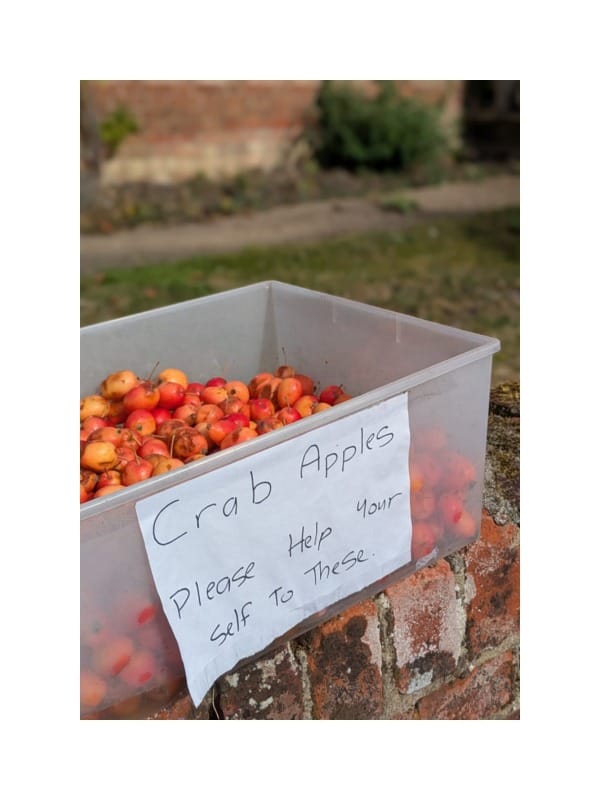
A reminder that there's no need to use AI images when open-access resources from reputable organisations like The Smithsonian exist. I chose Andrew John Henry Way's 'The Wealth of Autumn' from their archive to illustrate this post.
I enjoyed this essay on the proliferation of exclamation marks in cookbook titles. I find myself using them more often now; social media is the likely culprit. I had a conversation with Simon Thibault on Bluesky about this. "I remember reading a cookbook by a known authority on the subject at hand, and the amount of exclamation points made their enthusiasm for the stories seem disingenuous by the end of the book", he said. I get this, too many exclamation marks can be a bit 'woo girl', particularly jarring when you know the author doesn't speak like that offline. (BTW, Simon's book about the food culture of Acadians in Atlantic Canada is extremely good; you should buy it.)
Chefs on the films that make them hungry via NYT (£). Nothing particularly new here if you're really into this genre, but a useful roundup nonetheless, and it's always interesting to read why a film is beloved (I enjoyed Santiago Lastra's contribution.) If you're interested in my choices, I love Les Émotifs Anonymes (a romance between a shy chocolate factory owner and a talented chocolate-maker set in Paris; it's been remade in English too); Tortilla Soup set in LA, packed with delicious food and loving family conflict plus two of my fave actors, Héctor Elizondo and Elizabeth Peña (plus a cameo by Raquel Welch); The Lunchbox (India, review here), The Cakemaker (a Bethlehem-based kosher widow learns to understand her deceased husband through his non-kosher male lover); Antique (set in a Korean bakery with many delectable cakes); and Eat with Me (reconnection between a gay Chinese man and his mother as the family deal with the imminent closure of their restaurant).
My Suffolk News food column has two recipes for drinks made from pineapple discard.
I enjoyed this piece about Rosie Grant's new book, To Die For: A Cookbook of Gravestone Recipes. Rosie travelled the US, looking for recipes engraved/printed on gravestones, then set out to document them on her social media accounts. "Grant doesn’t just snap a picture of each gravestone recipe — she digs through obituaries and public records and connects with the families of the deceased", writes Oliver Egger. "She cooks the recipe with them and learns the story of their departed loved one. Grant says this experience has prompted hours-long conversations. “I don’t know how to describe it any other way than it felt like the food brought them back with us,’’ Grant says."
She set out to document many of them — from no-bake cookies in Nome, Alaska, to meatloaf in New Braunfels, Texas, to a cinnamon roll cake in Kibbutz Na’an in Israel. In all, Grant visited 39 gravestones and shared each recipe on social media.
Some thoughts on butter:
"Let's get the weather, Nic", my grandfather would say when he was about to deploy one of his traditional information- gathering methods including the shipping forecast (he served in the Royal Navy), BBC R4 weather reports, whether the sky was red in the morning and if the cows dotted about the hills overlooking his house were laying down or not. Aches and pains were another; the onset of Autumn was declared in defiance of the actual vernal calendar when his lumbago and rheumatism flared up; a tub of Deep Heat would leave its usual place inside the bathroom cabinet for a more prominent position on the window ledge. My lay forecasting tool is a block of butter, one of the most reliable lay ways to detect a change in the seasons. I always check. My butter is not as soft now, a noticeable transformation over the last week, and its edges are more defined. It's not warm enough for it to transform into an amorphous mass that's almost impossible to scrape or slice. Now, when I go to spread my breakfast toast, the butter curls against the knife like a breaking wave and doesn't collapse.
A book I consult often, Butter: A Rich History by Elaine Khosrova, was published in 2017 and is well worth your time. Elaine's 'Ask Me Anything' on Reddit is great. After you've read it, go cook from Oliva Potts' cookbook, Butter: A Celebration. Olivia also writes one of the best recipe columns around, published in the Spectator, and her longreads are always a treat. This, about the surprising history of ice cream trucks, is great.
And how could I forget Butter by Asako Yuzuki? "There are luscious descriptions of butter woven throughout the book, naturally. Butter mixed with soy sauce and lavishly poured over cooked noodles. Butter as a binder in a luscious French vanilla cake. Chicken braised in butter, unctuously oozing fatty, buttery juices. A luscious hollandaise sauce made up of butter, vinegar and egg yolks for dipping lightly roasted asparagus..." writes Vanessa, of Food in Books.
Bread & Butter: History, Culture, Recipes by Richard Snapes, Grant Harrington and Eve Hemingway is another favourite of mine, nominated for both a James Beard and Guild of Food Writers award when it was published in 2018.
There's always room for more books about butter, and although it's not due to be published until March 2026, The Butter Book by Anna Stockwell is on my preorder list. I just adore the cover. Anna is the author of another great cookbook, For the Table: Easy, Adaptable, Crowd-Pleasing Recipes.
Upcoming books:

Thessaloniki and the Many Kitchens of Northern Greece by Meni Valle is published on October 1st. I love Greek cookbooks, essential therapy for anyone dreading the impending winter. I'm also a big fan of hyper-regional cookbooks. More please.
The Picky Bits Sommelier: The Ultimate Guide to Snack and Drink Pairings by Neil Ridley looks fun and will be published this October.
Christmas is fundamentally camp and kitsch; lean into it with a copy of It's Beginning to Look a Lot Like Cocktails by Jassy Davis and Hannah Wood. Recipes for Polar Express Martini, Tipsy Snowman, Rye Hard (LOVE), Eggnog made with aquafaba, Baby Eggnog, and Marzipan Sour demonstrate the power of seasonal rebranding. I've also preordered The German Christmas Cookbook by Jürgen Krauss. I loved his first book and wrote about it (and GBBO) here.
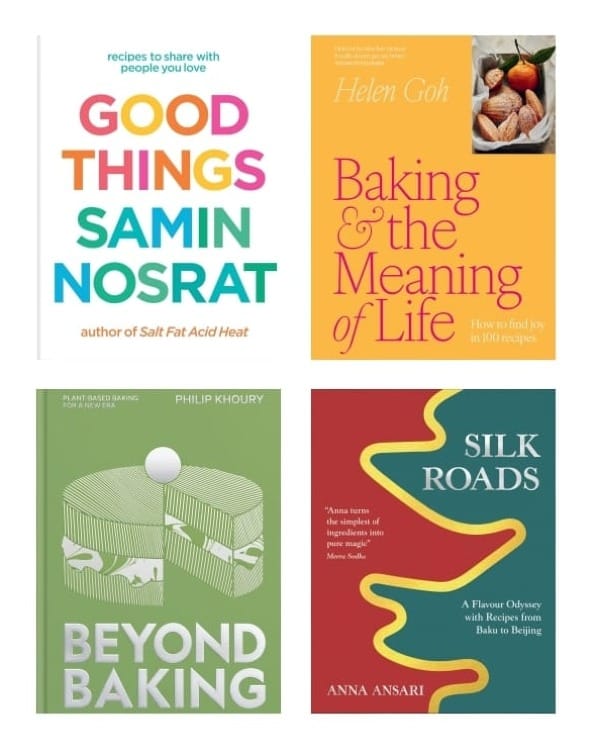
Not long until Samin Nosrat's second book, Good Things: Recipes to Share with People You Love, is published. I've preordered Baking and the Meaning of Life by Helen Goh (out on September 11th) after baking my way through Sweet, the book she co-authored with Yotam Ottolenghi. Helen's recipes are meticulously tested, divine to look at and eat, and incredibly lovable; even her more sophisticated techniques and flavour combinations feel approachable for beginners and nervous bakers. Beyond Baking: Plant-based Baking for a New Era by Philip Khoury (published October 2nd) is also on my list. He's a massive talent with a clear, supportive voice. Another October baby, Silk Roads: A Flavour Odyssey with Recipes from Baku to Beijing by Anna Ansari, sounds fascinating. It's been endorsed by Meera Sodha, Tim Anderson, and Olia Hercules, and I trust their judgment.

Recipes from the American South by Michael W. Twitty is going to be incredible. He's a remarkable writer and historian. Years ago, I heard him deliver a lecture ('Dining From A Haunted Plate: Food, Memory, Writing and Creativity from the African American South') at The Maritime Museum in Greenwich and hung on his every word. I'm equally spellbound by the cover design of Turtle Island: Foods and Traditions of the Indigenous Peoples of North America by Sean Sherman and Kate Nelson, due to be published in November. This article in Food & Wine about Sean's attempts to decolonise the American diet is contextually useful.
